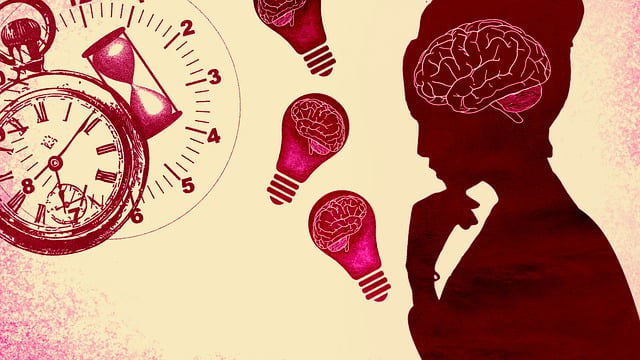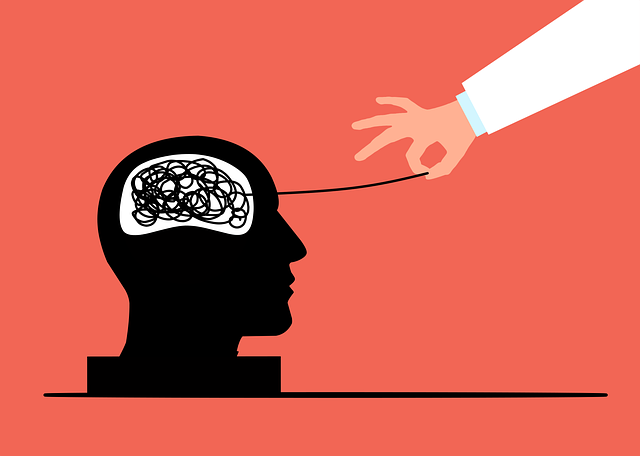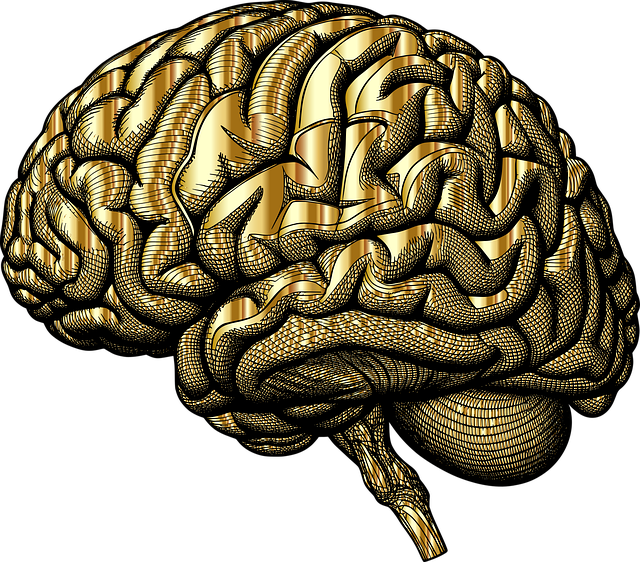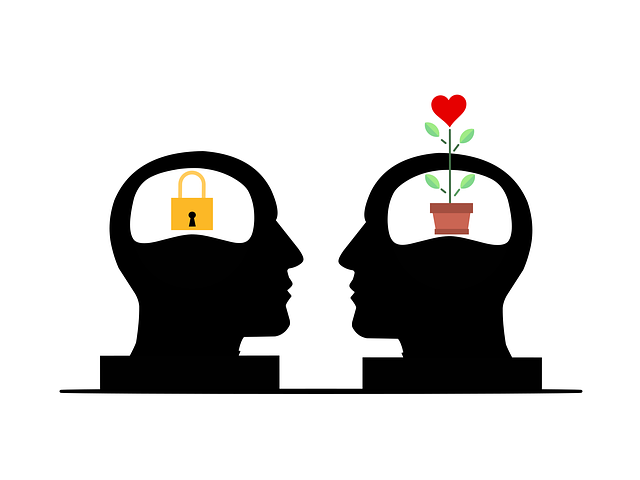Mental illness stigma severely impacts youth self-esteem and well-being, leading to isolation and fear. To combat this, schools and communities must reduce stigma through education, myth-busting, and empathy-building initiatives. Integrating tailored therapy sessions into educational settings teaches coping skills, crisis intervention, and normalizes mental health conversations. Community programs featuring recovery stories and stress reduction workshops further destigmatize mental health issues. Therapy empowers young children with emotional resilience, self-esteem, and healthy coping strategies for managing stress and anxiety, paving the way for fulfilling lives.
Mental illness stigma significantly hinders young people’s well-being, often leading to isolation and delayed access to care. This article explores targeted efforts to reduce this pervasive barrier. We delve into understanding the profound impact of stigma on youth, examining its roots and consequences. Furthermore, we present effective strategies for fostering inclusive environments in schools and communities. Finally, we highlight the crucial role of therapy in nurturing self-esteem among young children facing mental health challenges, offering a glimmer of hope for improved support systems.
- Understanding Mental Illness Stigma and Its Impact on Youth
- Strategies for Reducing Stigma in Schools and Communities
- The Role of Therapy in Building Self-Esteem for Young Children Affected by Mental Health Issues
Understanding Mental Illness Stigma and Its Impact on Youth

Mental illness stigma significantly impacts youth, affecting their self-esteem and overall well-being. Young individuals often struggle to understand and manage their conditions due to societal misconceptions. This can lead to feelings of isolation, fear, and a reluctance to seek help or support, especially when it comes to therapy for young children. Stigma creates barriers that hinder access to essential crisis intervention guidance and stress management techniques, which are crucial for a healthy development.
Reducing the stigma surrounding mental illness is paramount. It involves educating both youth and adults about various mental health conditions, dispelling myths, and promoting empathy. By fostering an environment of understanding and acceptance, young people can be encouraged to openly discuss their challenges. This increased awareness can also lead to early intervention and better stress reduction methods, helping them develop resilience and maintain a positive self-image despite any adversity they may face.
Strategies for Reducing Stigma in Schools and Communities

Reducing stigma around mental illness is an essential part of creating a supportive environment for all, especially young children. Schools and communities play a pivotal role in this process. One effective strategy is integrating therapy sessions tailored for young children into educational settings. These sessions focus on building self-esteem, teaching coping skills development, and providing crisis intervention guidance, which can significantly mitigate the impact of stigma. By normalizing conversations about mental health from an early age, peers learn to recognize and support each other, fostering a culture of understanding and empathy.
Additionally, community engagement programs that highlight successful recovery stories can challenge stereotypes. Workshops and awareness campaigns teaching stress reduction methods further empower individuals to manage their well-being and reduce the likelihood of internalizing negative societal perceptions. Through these collective efforts, schools and communities can contribute to a national movement toward destigmatization, ensuring everyone feels comfortable seeking necessary mental health support.
The Role of Therapy in Building Self-Esteem for Young Children Affected by Mental Health Issues

Mental illness can significantly impact young children’s self-perception and overall mental wellness. Therapy plays a pivotal role in fostering self-esteem and emotional resilience among this vulnerable population. Through structured sessions, therapists help children navigate their emotions, providing them with essential tools for effective emotional regulation. This process involves teaching coping strategies to manage stress, anxiety, or other mental health challenges they may face.
By engaging in therapy, young individuals learn to view themselves as worthy and capable. They develop a sense of self-worth that transcends their illness, enabling them to build healthy relationships and lead fulfilling lives. Additionally, therapists often incorporate playtherapy and age-appropriate activities to make the healing process more accessible and enjoyable for children. This holistic approach not only addresses the child’s immediate needs but also equips them with lifelong skills for stress management, fostering a healthier and more positive mental wellness outlook.
Reducing the stigma surrounding mental illness is a collective effort that requires understanding, empathy, and proactive strategies. By implementing evidence-based practices like therapy for young children affected by mental health issues, we can foster environments that promote self-esteem and encourage open conversations. Through combined efforts in schools and communities, we can create a more inclusive society where youth feel supported and empowered to seek help without fear of judgment.










